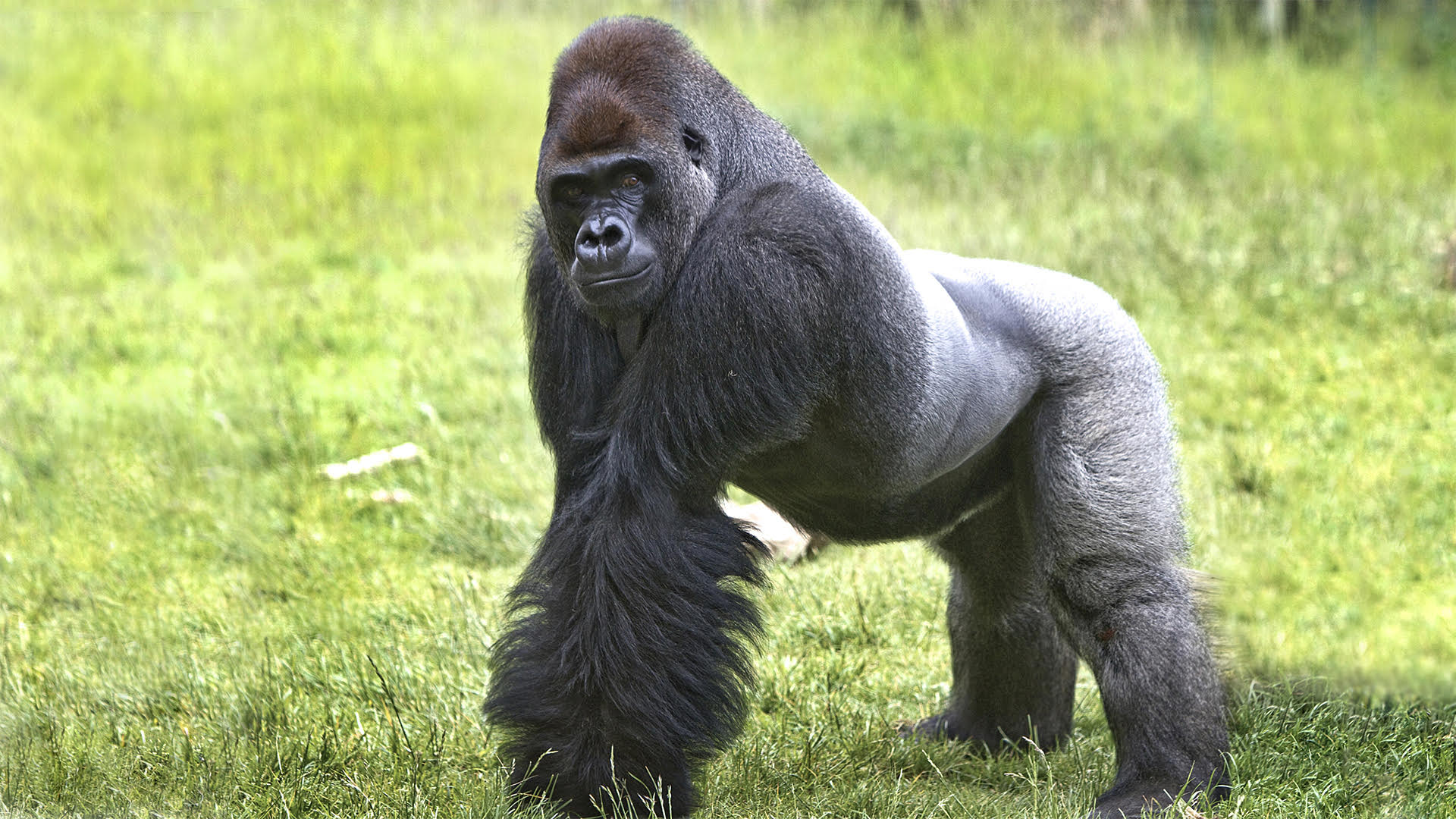Endangered species likely to be infected with SARS-CoV-2
SciLifeLab researcher Kerstin Lindblad-Toh (UU) and her colleagues have identified a large number of mammals that could potentially be at risk from COVID-19 infection via the ACE2 receptor. The researchers studied 410 different vertebrate species and found that many of the animals at risk were endangered, such as several species of monkeys.
Today, it is known that SARS-CoV-2 binds to the ACE2 protein that sits on the surface of cells in the lungs, heart, blood vessels, and intestines. Once the virus has bound to ACE2, it is taken up by the cells and the infection process starts. Some species may have an ACE2 protein that looks a little different and could therefore be protected against infection. The gene that codes for ACE2 is found in all vertebrates and because of this, they all share the risk of becoming infected with the virus. This has already been observed in several species of monkeys and a tiger at the Bronx Zoo.
In order to protect the endangered species at risk, and to quickly stop new outbreaks of covid-19, more knowledge is needed about which animals are possible carriers of the virus.
“In our study, we looked at the evolution and structure of ACE2 in 410 different species of vertebrates to see which ones the virus could bind to ACE2”, says Kerstin Lindblad-Toh, (UU/Broad Institute), co-author of the study in a press release from Uppsala University.
103 out of the 410 species in the study were found to have a “very high”, “high” or “medium” risk of infection, and of those, 40 percent are red-listed by the International Union for Conservation of Nature (IUCN).
The researchers also analyzed 37 species of bats that seem unlikely to be infected via the ACE2 receptor. Since other similar viruses have spread through bat populations, however, it seemed possible that they would have another protein that is also susceptible to the virus.
Another species suggested as carriers are anteaters. The study shows that the structure of their ACE2 protein is so different than the risk of it binding to the virus is very low, however. When it comes to birds, fish, and amphibians the researchers assess the risk of infection via the ACE2 receptor as very low, but more research is needed on other types of receptors.
Based on the appearance of the ACE2 protein in the 19 primate species studied (many endangered), such as chimpanzees, gorillas, orangutans, and rhesus monkeys, all were at a very high risk of becoming infected with SARS-CoV-2 – since their ACE2 protein is identical to ours. Although more studies are needed to confirm this as well.
According to the study, species with a high risk of infection via ACE2 can probably be infected by both humans and other animals. Because of this, it is important to actively protect these species both in the wild and when they are cared for by humans.
The 27 species that appear to be at a high risk of infection include many animals close to humans, such as cows, sheep, deer and goats, four species of rodents (but not mice or rats) and several whales. The tiger (the species infected in the Bronx Zoo) has a moderate risk of infection based on the appearance of its ACE2 receptor. Dogs appear to be at low risk of being infected, while several felines, including domestic cats, are at moderate risk.
“It is important to know which endangered species can be infected and try to minimize the risk of the virus spreading in wild populations, in zoos or among pets”, says Kerstin Lindblad-Toh.
Photo: Paula, stock.adobe.com





